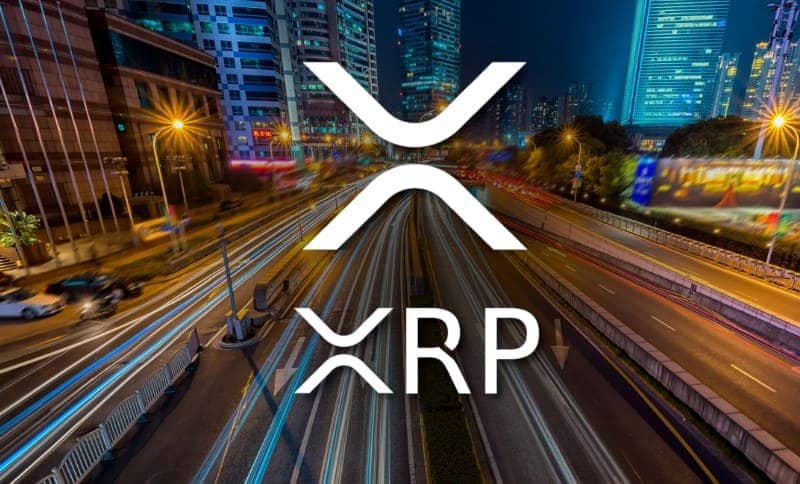
What Is XRP Ripple? | How You Can Use Ripple and XRP
Even though we live in a more interconnected world than ever before and efficiency is being boosted by technology at a rate unimaginable only a few decades ago, long-distance money transfers continue to be difficult.
The inability to effectively communicate between payment channels is a major contributor to the inefficiency of the transfer functions, which in turn contributes to the high costs associated with such transactions.
In 1973, the SWIFT system was established to facilitate electronic communication between financial institutions throughout the world. Since its inception, SWIFT’s communications network has enabled financial transactions between banks all over the world. Clearing and settling transactions, however, are functions that must be handled by a separate entity.
For many years, SWIFT’s inefficiency as a payment system has been attributable to the several levels of transactions required to reach the intended recipient. To combat this inefficiency, blockchain technology facilitates instant and inexpensive international money transfers. Ripple is a distributed ledger technology that might upend established banking systems by establishing a more reliable, quicker, and cheaper means of doing financial transactions.
What Is XRP?
Ripple’s XRP coin may be used to send money internationally quickly, cheaply, and without the need for a middleman. Its major use is as a “bridge currency,” which provides a cheaper means of exchanging between crypto and fiat currencies for usage by financial institutions.
However, banks that rely on the Ripple network to provide the required transfer liquidity may be exposed to risk if they use XRP as a bridge asset. The extreme volatility of XRP and other cryptocurrencies makes their use as transfer mediums highly undesirable.
One of Ripple’s selling points for XRP has been how quickly and cheaply transactions can be settled. Standard trades on the network demand a minimum transaction fee of 0.00002 XRP. Because of its inherent green features, XRP is both carbon-neutral and energy-efficient, and its scalability allows for 1,500 transactions per second.
Tokens of XRP were “premiered,” or generated before the project was made available to the general public. The business has maintained throughout that the premise solution was essential to fairly compensate the project’s pioneers.
How to Mine XRP?
XRP (also known as Ripple) cannot be mined like traditional cryptocurrencies such as Bitcoin or Ethereum. XRP does not utilize a proof-of-work (PoW) consensus algorithm, which is the mechanism used for mining in many cryptocurrencies. Instead, XRP uses a unique consensus algorithm called the XRP Ledger Consensus Protocol.
The XRP Ledger is a decentralized blockchain network that validates transactions and maintains a distributed ledger. Rather than relying on mining, the XRP Ledger uses a consensus algorithm based on a set of trusted validators. These validators are pre-selected by the XRP Ledger’s creator, Ripple, and operate as a network of servers.
Here’s an overview of how the XRP Ledger Consensus Protocol works:
Validators: The XRP Ledger relies on a set of validators that are responsible for confirming and validating transactions. These validators are chosen by Ripple and include various organizations and individuals.
Agreement Process: The consensus algorithm of the XRP Ledger works by a process called the XRP Ledger Protocol Consensus Algorithm. During this process, the validators communicate and share their proposed lists of transactions, which are then evaluated collectively.
Consensus Rounds: The XRP Ledger operates in sequential rounds, with each round consisting of multiple consensus rounds. In each consensus round, the validators communicate and try to converge on a single proposed list of transactions to include in the ledger.
Unique Node List (UNL): Validators maintain a Unique Node List (UNL), which is a list of other validators that they consider trustworthy. The UNL helps in the consensus process by enabling validators to identify malicious or faulty nodes.
Agreement and Finality: Once a supermajority of validators reaches an agreement on a set of transactions, those transactions are considered validated and added to the XRP Ledger. This consensus process ensures the integrity and consistency of the ledger.
It’s important to note that while XRP cannot be mined, it is a tradable digital asset. XRP tokens can be purchased on various cryptocurrency exchanges, and users can hold, trade, or use XRP for transactions within the XRP Ledger network.
In summary, XRP cannot be mined like traditional cryptocurrencies. Instead, it operates on a unique consensus algorithm called the XRP Ledger Consensus Protocol, which relies on a pre-selected group of validators to validate and confirm transactions. If you’re interested in acquiring XRP, you can do so by purchasing it from cryptocurrency exchanges that support XRP trading.
Ripple Advantages
Ripple, the technology company behind the XRP cryptocurrency and the RippleNet payment network, offers several advantages that set it apart from other blockchain-based systems. Here are some key advantages of Ripple:
Speed and Scalability: Ripple is designed to provide fast and scalable transactions. The XRP Ledger can settle transactions in just a few seconds, making it one of the fastest payment networks available. This speed is achieved through the consensus algorithm used by Ripple, which allows for quick validation and settlement of transactions.
Low Transaction Fees: Ripple offers low transaction fees compared to traditional banking systems and some other cryptocurrencies. The fees on the XRP Ledger are significantly lower than those associated with traditional cross-border transactions, making it an attractive option for businesses and individuals looking for cost-effective payment solutions.
Liquidity and Market Accessibility: XRP, the native cryptocurrency of Ripple, has a high level of liquidity and is available on numerous cryptocurrency exchanges worldwide. This makes it easy for users to buy, sell, and trade XRP. The liquidity and accessibility of XRP contribute to its potential as a bridge currency for facilitating cross-border transactions and enabling liquidity between different fiat currencies.
Cross-Border Payments: Ripple’s primary focus is on providing efficient and cost-effective cross-border payment solutions. Through its RippleNet network, financial institutions and payment providers can connect and transact with each other using standardized protocols. Ripple’s technology aims to streamline cross-border payments, reducing costs, settlement times, and the need for intermediaries.
Interoperability: Ripple’s technology is designed to be interoperable with existing financial systems. RippleNet can integrate with various financial institutions’ infrastructure, allowing for seamless connectivity and compatibility. This interoperability enables banks and payment providers to leverage Ripple’s solutions without undergoing significant changes to their existing systems.
Security and Trust: Ripple’s XRP Ledger utilizes a decentralized network of validators to ensure the security and integrity of transactions. The consensus algorithm used by Ripple ensures agreement among validators and protects against fraudulent activities. Additionally, Ripple’s focus on compliance and regulation helps build trust with financial institutions and ensures adherence to applicable laws and regulations.
Ripple’s Use Cases: Ripple’s technology and solutions are not limited to cross-border payments. Ripple is actively exploring and developing use cases in other areas, such as remittances, micropayments, and even tokenizing real-world assets. Ripple’s aim is to leverage blockchain technology and its network to facilitate various forms of value transfer and create new opportunities.
It’s important to note that Ripple has faced some regulatory challenges and legal scrutiny in recent years, primarily due to concerns regarding the status of XRP as a security and Ripple’s control over the distribution of XRP. These regulatory issues have had an impact on Ripple’s operations and market dynamics.
Ripple Disadvantages
While Ripple has several advantages, it is also important to consider the potential disadvantages associated with the technology and the XRP cryptocurrency. Here are some of the key disadvantages of Ripple:
Centralization Concerns: One of the main criticisms of Ripple is its level of centralization. While the XRP Ledger is decentralized in terms of the consensus mechanism, Ripple, the company behind it, has a significant influence and control over the network. Ripple holds a large portion of the XRP supply, and its decisions can impact the price and stability of the cryptocurrency. This centralization has raised concerns regarding the true decentralization and governance of the Ripple ecosystem.
Regulatory Challenges: Ripple has faced legal and regulatory challenges, particularly regarding the status of XRP. In 2020, the U.S. Securities and Exchange Commission (SEC) filed a lawsuit against Ripple Labs, alleging that XRP was an unregistered security. This legal action has created uncertainty around the future of XRP and has had a significant impact on its market dynamics. The outcome of the lawsuit could have significant implications for Ripple and the XRP cryptocurrency.
Market Volatility: Like many cryptocurrencies, XRP is subject to significant price volatility. The value of XRP can fluctuate rapidly, leading to potential risks for investors and users. The market volatility of XRP can be influenced by various factors, including regulatory developments, investor sentiment, and market speculation. It’s important for individuals and businesses to carefully consider the risks associated with investing or transacting with XRP.
Dependency on RippleNet Adoption: The success and widespread adoption of Ripple’s technology, including RippleNet, depends on the willingness of financial institutions and payment providers to integrate and use the platform. While Ripple has made significant partnerships with various banks and financial institutions, widespread adoption remains a challenge. The slow adoption of Ripple’s solutions could impact the overall ecosystem and the value proposition of XRP.
Network Security: While the XRP Ledger has proven to be secure so far, no system is entirely immune to security risks. Any vulnerabilities or exploits in the XRP Ledger or the technology supporting it could potentially impact the network’s security and users’ funds. As with any blockchain-based system, users should remain vigilant and take appropriate measures to secure their wallets and private keys.
Competing Technologies: Ripple operates in a highly competitive landscape, with numerous blockchain-based payment solutions and cryptocurrencies vying for market share. Some of these competitors offer similar cross-border payment solutions and may have their own advantages and innovations. The presence of competing technologies could impact Ripple’s ability to gain market dominance and achieve widespread adoption.
It’s important to note that the above disadvantages do not necessarily imply that Ripple and XRP are inherently flawed or that they lack potential. The challenges and criticisms associated with Ripple highlight the complexities and evolving nature of the cryptocurrency industry. It is crucial for individuals and businesses to conduct thorough research, assess the risks, and consider their specific needs before making decisions related to Ripple and XRP.
How You Can Use Ripple and XRP?
Ripple’s XRP is a speedier and more efficient alternative to SWIFT for international payments and cross-border transactions.
Infrequently traded currencies needing low-cost intermediate means of exchange can benefit from Ripple’s token. Typically, the U.S. dollar serves as this currency’s middleman; however, XRP can be used for a much lower transaction cost.
There may be large costs and delays associated with traditional wire transactions. The Ripple network’s fast transaction times and cheap XRP fees might make them obsolete.
To provide a permanent and immutable record of transactions authorized only by the bearer of private keys, XRP fuels the open-source XRPL Ledger.
In order to take advantage of the platform’s cheap cost and rapid transfer of value for a wide variety of use cases, it is governed by a worldwide community of developers. The XRPL DEX is the longest-running DEX, allowing traders to buy and sell XRP and other cryptocurrencies at low commission rates since 2012.
When users make transactions, the XRP Ledger DEX automatically begins tracking unlimited tradable currency pairings. XRPL deals are referred to as “offers,” and they include placing a limit order to purchase or sell a certain number of tokens (including XRP) for a specified number of other tokens at the best available exchange rate.
In April of 2022, Allbridge, a supplier of cross-chain bridging solutions, added XRPL functionality. By integrating the Ethereum Virtual Machine (EVM) with other blockchains that aren’t EVM-compatible, such as Solana, Near Protocol, BNB Chain, and Fantom, it gave Ripple a leg up in the decentralized finance (DeFi) industry.
Should You Buy XRP?
Especially with cryptocurrencies, there is no assurance that an investment will be secure or profitable. Still, there are factors that a potential investor could think about while deciding whether or not to put money into XRP.
Despite XRP’s primary aim to disrupt cross-border payments and remittances, it has yet to gain widespread adoption. Many banks have expressed an interest in Ripple and its technology, but they are currently conducting trials.
Adoption and general acknowledgment of XRP as a digital currency have been hindered unquestionably by problems with the SEC. In addition, several markets have either halted all XRP trading or severely limited it, following the lead of U.S. platforms which have been urged to avoid XRP until the litigation is resolved.
Ripple is more susceptible to censorship than other cryptocurrencies due to its centralized nature, as a small group of people or organizations controls the network and may likely stop transactions. However, XRP may be a good investment choice for people who value technical efficiency above centralization issues because of its reputation and trustworthiness among financial institutions.
Conclusion
The Ripple ecosystem is actively working on NFT issuance, smart contract implementation, and the creation of federated sidechains to facilitate integration with other platforms as the cryptocurrency market expands its functionality to DeFi, NFTs, and the metaverse. To show its dedication to the NFT business, it announced a $250 million creator fund to assist inventors in minting their ideas onto the XRP Ledger.
Ripple has positioned itself as an experienced developer of CBDC apps in preparation for the testing and deployment of central bank digital currency (CBDC) by central banks worldwide. Ripple has gained notoriety as a service that facilitates the flow of funds between banks, financial institutions, and governments by providing a platform for minting, maintaining, trading, and deleting CBDCs based on a ledger that employs cutting-edge technology.
It is yet unknown how long the settlement will take, but the outcome of the SEC’s judgment will significantly impact Ripple’s acceptance and success in light of its current and future projects.
Related Posts

Best Credit Cards UK 2023 | Top Credit Cards inadmin . July 25, 2023

Pros and Cons of Balance Transfer Credit Cardsadmin . May 16, 2023
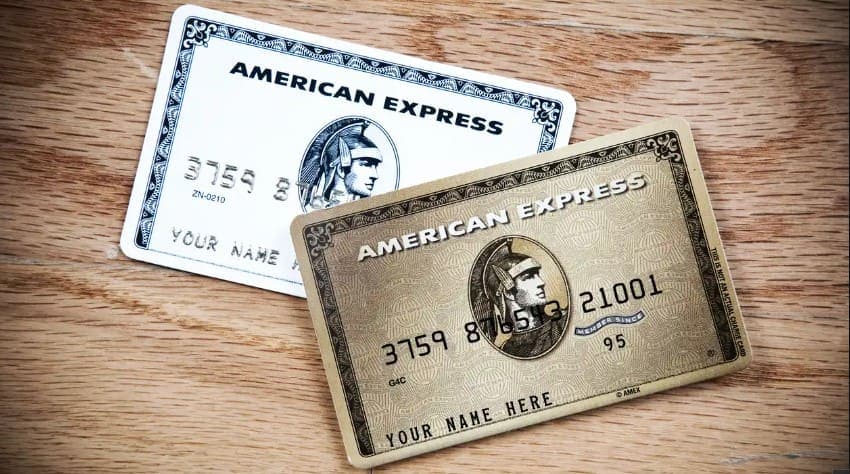
Best American Express Cards of 2023 | Best AMEX Cardadmin . May 18, 2023
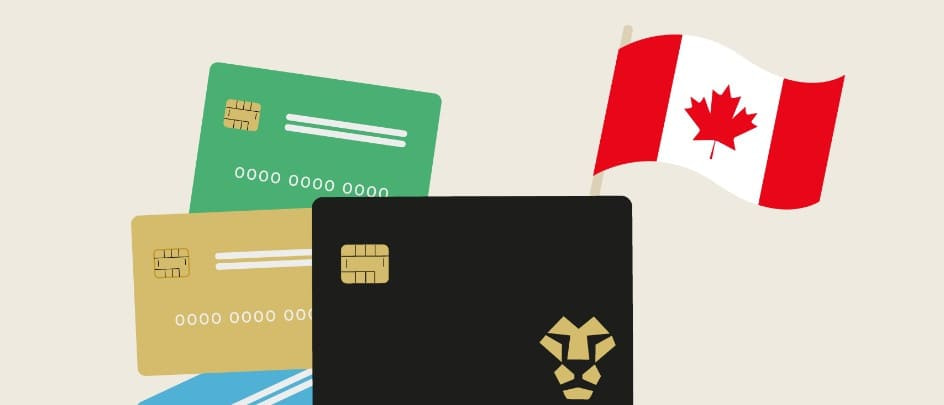
Best Cash-Back Business Credit Cards in Canadaadmin . October 19, 2023

Explore Exclusive SBI Pulse Credit Card Benefitsadmin . December 13, 2023
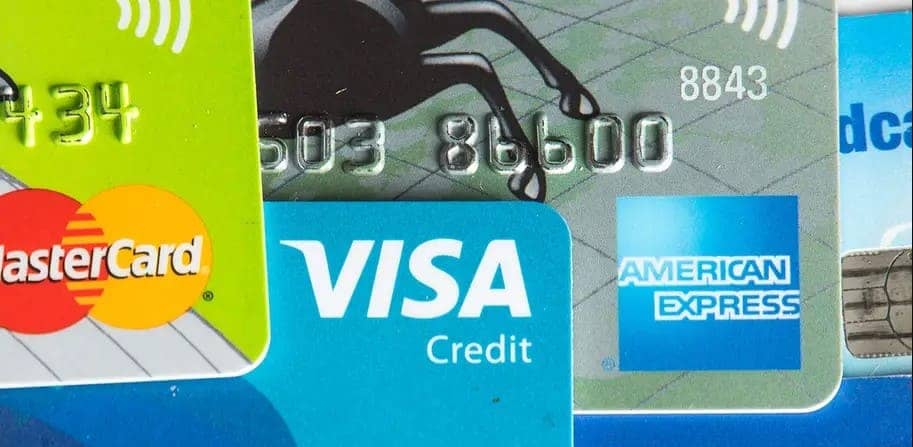
Best Credit Card Companiesadmin . May 11, 2023
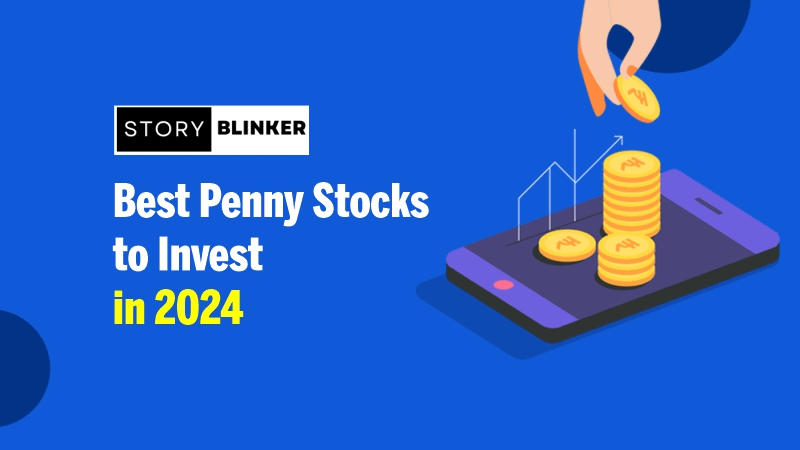
Top 10 best penny stocks to invest in 2024admin . November 22, 2023

Best Credit Cards for Small Business Canada 2024admin . July 25, 2023

Unlock Massive Cash Back Rewards: The Best Business Credit Cardsadmin . August 7, 2023
Latest Posts
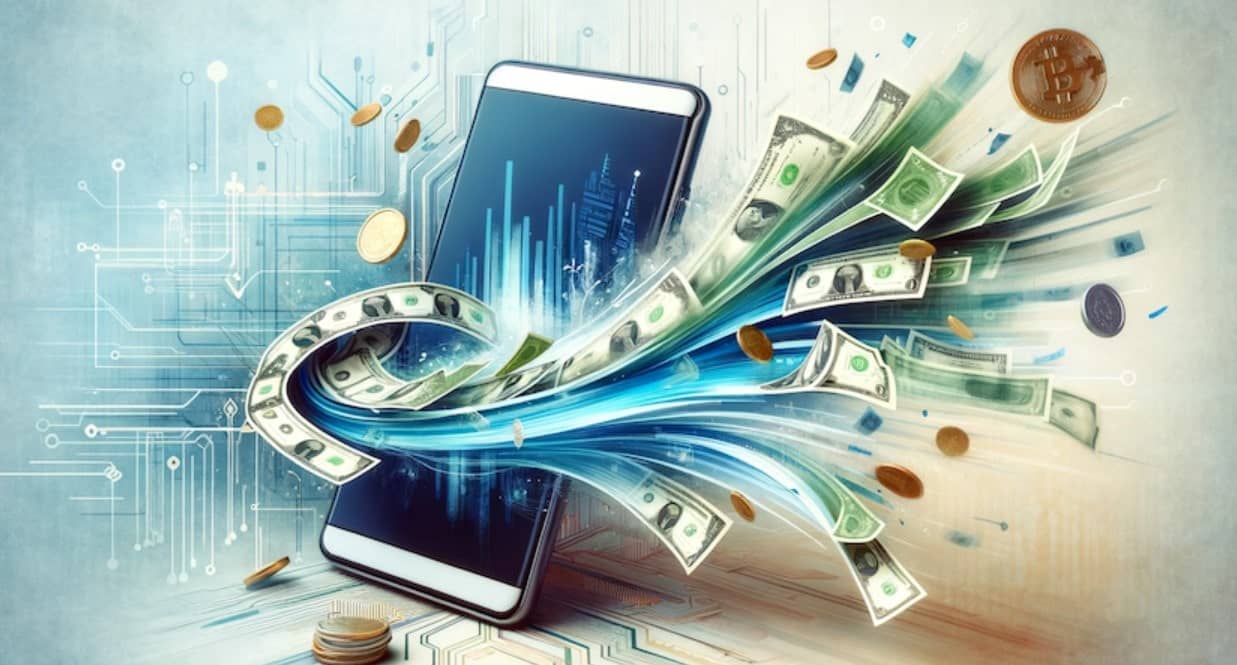
Exploring the Best Cash Advance Apps of 2024 April 8, 2024
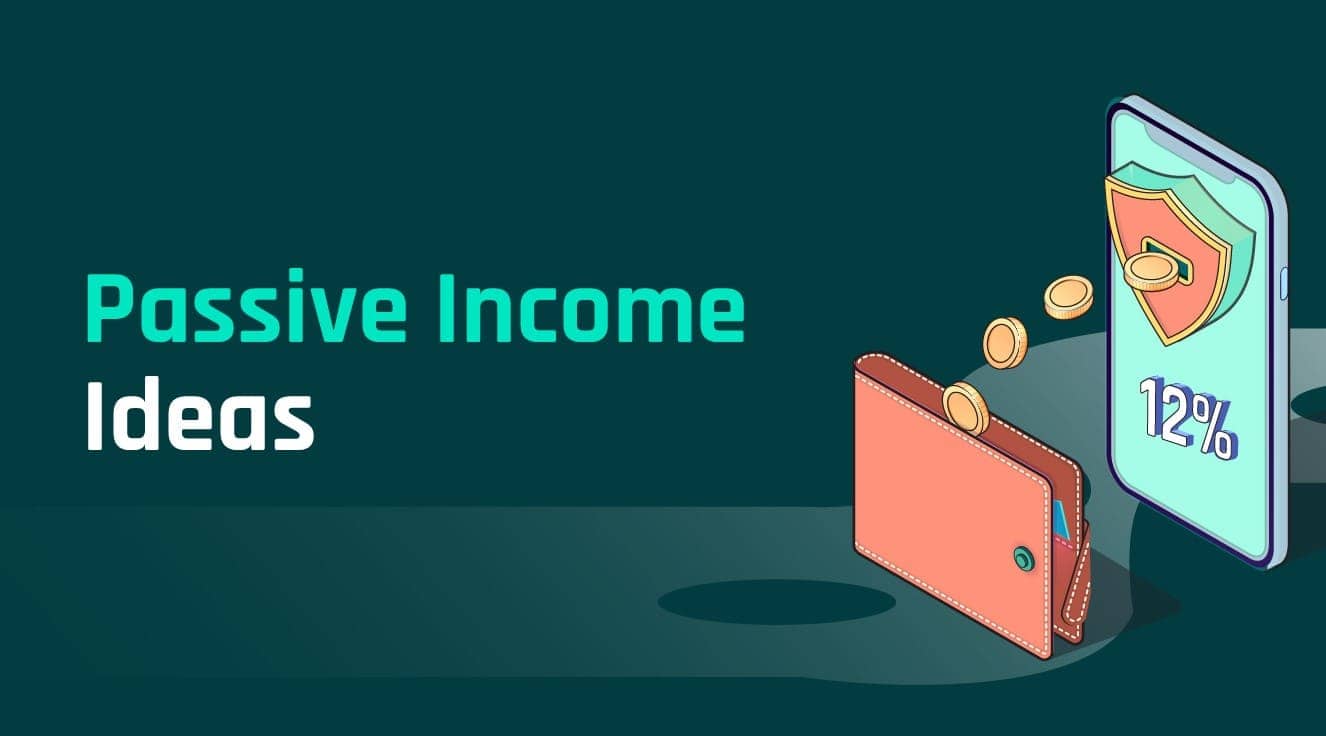
Top 34 Passive Income Ideas in 2024 March 19, 2024
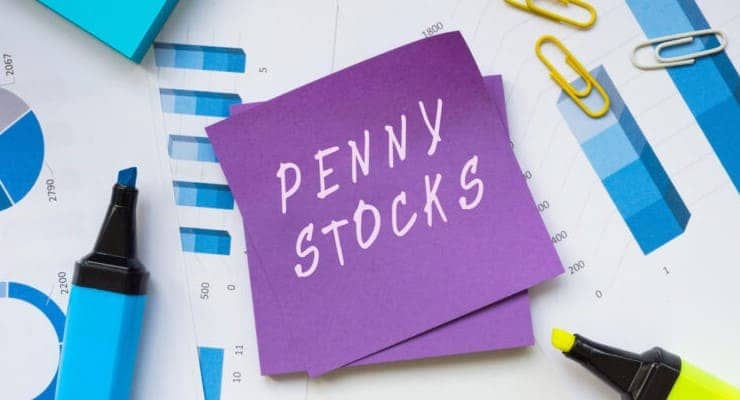
Top 10 Penny Stocks to Buy Canada 2024 February 23, 2024

Best Canadian Artificial intelligence stocks under $1 2024 February 23, 2024

Top Artificial Intelligence Stocks Canada 2024 February 20, 2024

